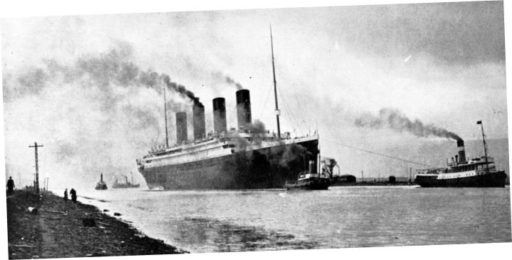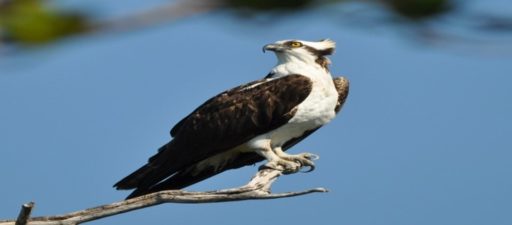This week’s prefect pieces come from Sienna C and Henry K (both Year 6). Sienna writes about her fascination with the Titanic and its tragic story and Henry describes his experience seeing osprey eggs on his holiday in Scotland!
Sienna C – Titanic Facts
During the Easter holidays, I demonstrated one of this term’s learning powers – Curiosity! I have always been fascinated by the Titanic and its tragic story so I decided to visit the Titanic Exhibition in London, on its 110th anniversary, to find out more about what happened on 15th April 1912, to the people on board and how scientists finally discovered the ship. Here are some intriguing facts you ought to know about Titanic and her catastrophic end:
- 1517 people perished after the Titanic hit an iceberg and sank in icy cold water in the Atlantic Ocean
- The iceberg was 100ft high out of the water
- Only 37 seconds went by from when the watch out men saw the iceberg and the Titanic actually hit it
- That winter was very mild and therefore there were more icebergs in that area of the ocean than ever seen before
- Most of the people who died were third class passengers, including mothers and children
- So many people died because there were not enough lifeboats (there were only 20 fitted on the ship but it could have had 60. The designers of the ship thought it would look ugly with too many lifeboats)
- Each lifeboat could carry 65 people but they were only half-filled because the rich first-class passengers did not want to be crowded and, because of that reason, only an average of 28 people were on each lifeboat
- The Titanic was discovered in 1985 by a Navy officer called Robert Ballard. He found it using sonar equipment 3700m below the surface of the Atlantic Ocean
- Only three of Titanic’s funnels worked. The fourth one was made to make it look aesthetically pleasing
- 100,000 people attended the ship’s launch
- A famous couple called Isidore and Ida Strauss (they owned Macy’s store in New York) died together because they would not leave each other. Ida put her maid on a lifeboat and gave her a mink coat to keep her warm until she was rescued
- There were nine dogs on the ship but only two survived (a Pomeranian and a Pekingese).

Henry K – Spring news
I was lucky enough to be able to spot some very special eggs over Easter! After travelling for ten hours to the Loch of the Lowes in Scotland with my family, we were thrilled to see a pair of ospreys protecting their precious eggs. Once we has spent some time looking from the camouflaged hide, we noticed the female osprey having a well-deserved lunch break of fresh brown trout – her talons were firmly wrapped around a huge fish she had just swooped down and caught in the Loch! The male osprey was keeping their eggs safe and warm awaiting her return. You can watch the ospreys live here. Here are some facts about this fascinating bird:
• Osprey are known as sea hawks
• The oldest known osprey was 38 years old
• They possess a reversible outer toe
• During their lives they can rack up 160,000 miles
If you would like to read a lovely informative novel about ospreys, I highly recommend Sky Hawk by Gill Lewis.






